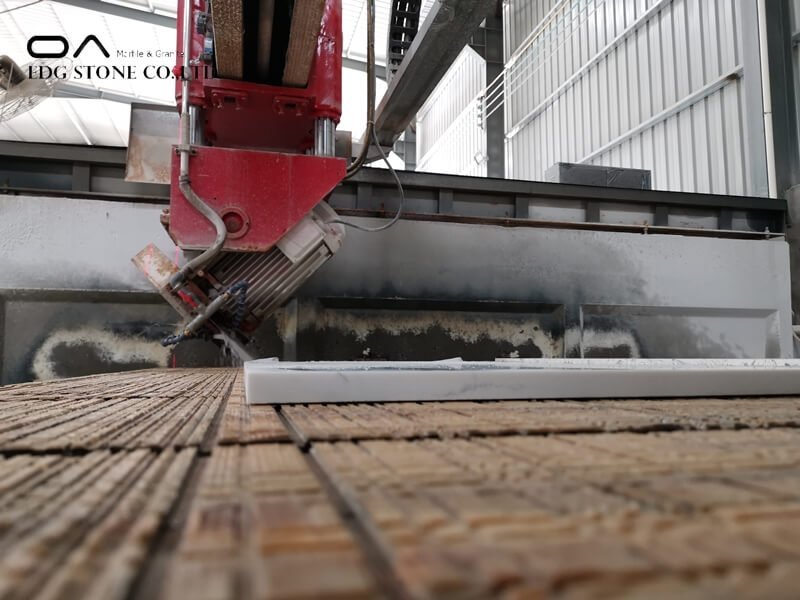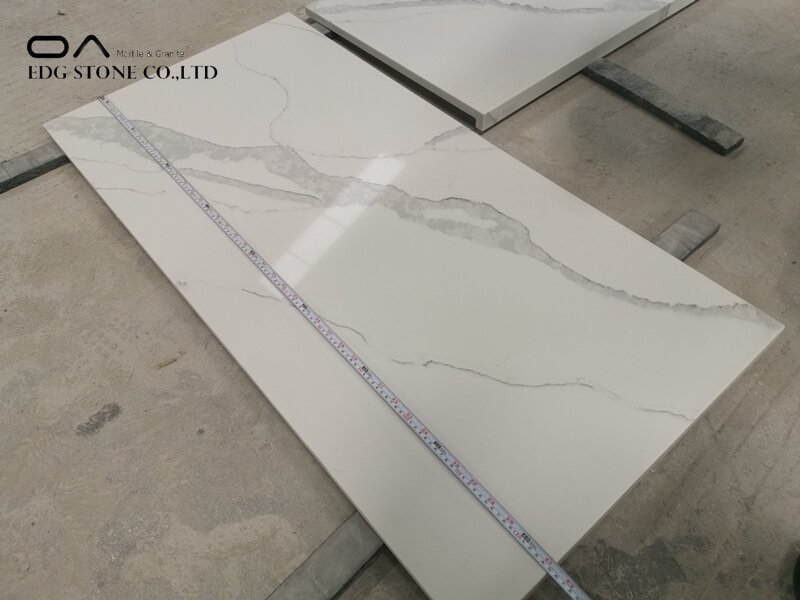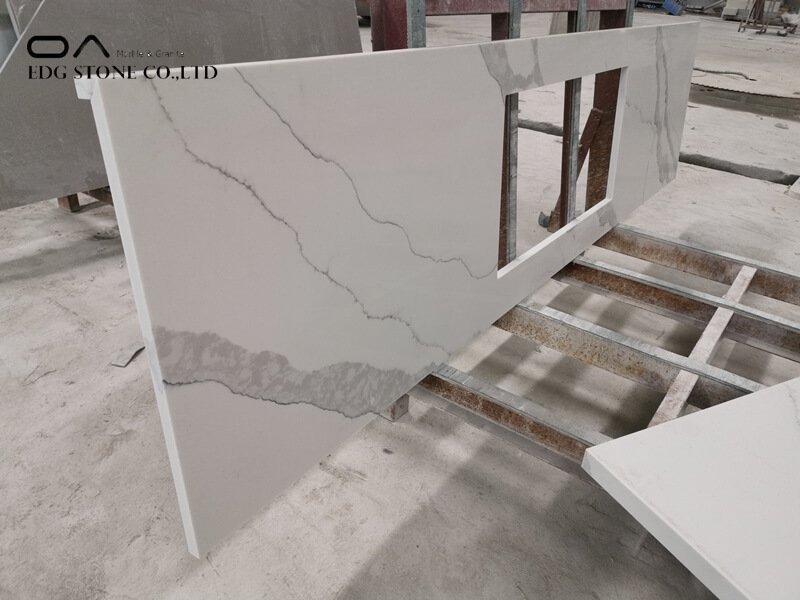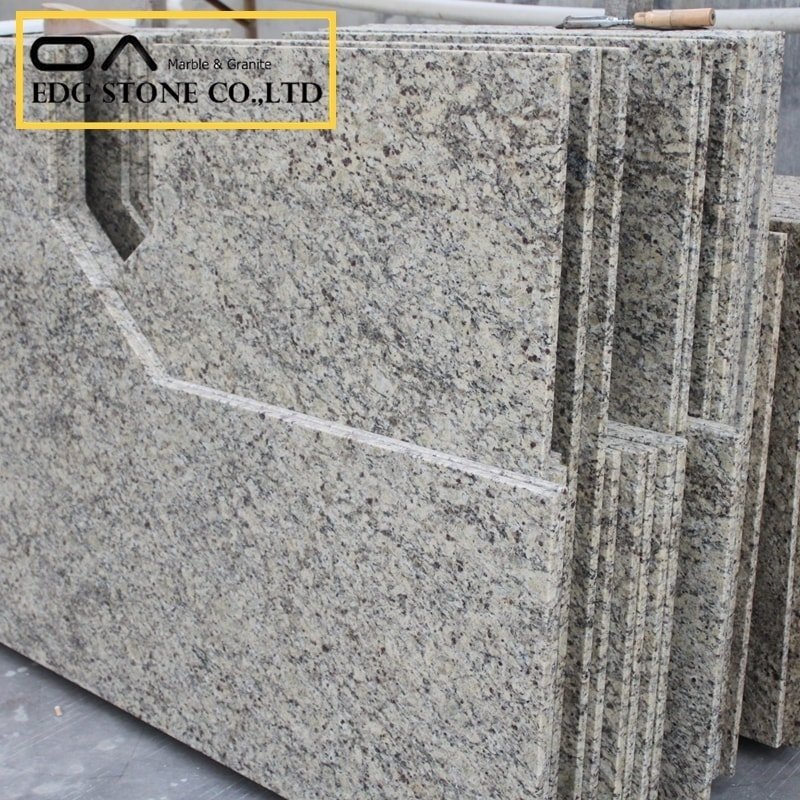As the summer enters, the weather gradually becomes hotter, in extreme weather that is too dry or too rainy and too humid. Cabinet quartz stone countertops have also undergone some changes of their own. Under these conditions, quartz stone is easy to crack, such as bursting, splicing, splitting, or edge lifting. When such problems occur, many users will apply for after-sales service, but the feedback from the quartz stone manufacturer is not covered by the manufacturer’s warranty, and this is not the reason for the plate itself.
Everyone knows that quartz stone is also an artificial stone slab with a smooth, dense, and non-porous surface, not to mention the numerous small cracks on the surface like natural stone. What is the reason why quartz stone cracks in hot weather? Because quartz stone is a brittle polymer composite material, it also has the characteristics of thermal expansion and contraction and also has certain mechanical properties such as shrinkage stress and elongation at break. When the material cannot withstand the internal stress caused by thermal expansion and contraction, there will be cracks or edge curling.
How can we prevent quartz stone from cracking, or reduce its cracking rate? In the installation of quartz stone countertops, attention should be paid to reducing the cracking rate. Expansion joints should be reserved in advance before the countertop installation. The width of the expansion joints should be 2-5mm. During use, avoid the countertop being heated and rinse with cold water immediately to avoid hitting the countertop, especially sharp objects or the periphery of the opening.









